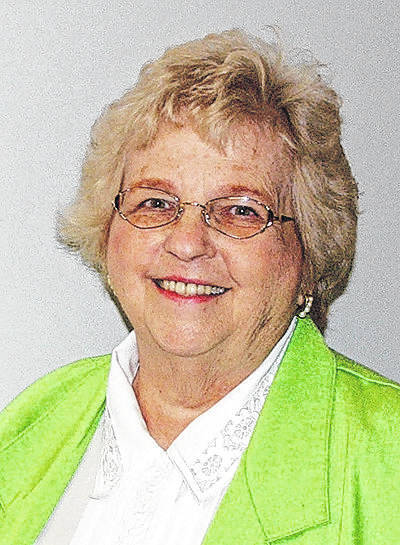
When Greene County was newly organized, settlers came from various parts of the county to take advantage of the wonderful farm land which had become available for reasonable prices.
One of those early settlers was Jacob Zimmerman. He purchased land in Beavercreek Township, about two miles northwest of the first settlement in the area known as Alpha.
He built his home on the southeast corner at what later became the crossroads of Dayton-Xenia and Fairfield roads.
As was often the case, he operated a small trading post and tavern and also provided overnight lodging for travelers, who usually came by horseback, and later by stagecoach.
Soon others built homes and the small village became known as Zimmermanville in honor of the first resident. In later years, the “ville” was been dropped and the area was known as Zimmerman.
By 1881, the village had grown sufficiently to have a church, a school, a grocery and about 40 homes.
The church was German Baptist (Dunker) also known as Church of the Brethren. The first building constructed was a very plain building which served the congregation for several years. Another structure was much larger and better suited the needs of the congregation. The first minister was Aaron Coy, who was born in 1846. He was elected deacon in 1877, minister in 1882, and ordained to the eldership in 1892. He served as pastor of the church for many years.
The Coy family came to the area from Pennsylvania and acquired considerable acreage in the area and for many years Burley Coy ran the town’s general store and the Coy Guernsey farm produced some of the finest cattle in the area.
The population had grown to about 50 when a flour mill was constructed.
Zimmerman was the postmaster for the village. It was his responsibility to see that the incoming mail was sorted and available for the residents to pick up at his home and outgoing mail was readily available when the courier came.
Often the village has been known as “Push On.” There are two stories of how the town acquired and kept the name for many years. One is that a tramp came into the town, causing a stir among the residents. He was lolling about and the citizens were concerned for the safety of their children. Finally someone got brave enough to speak to him and told him that he was not welcome in the town and pointed to the road to Xenia, with the suggestion, “Stranger, push on, this town has no need for such as you.”
The other version is that a stranger stopped at the Zimmerman business asking for lodging for the night. Zimmerman was busy taking care of the mail and said “Push on, push, on, stranger. You can’t get lodging here.” In any event, the stranger apparently left the village and “pushed on.” Hence the village got a new unofficial name.
Samuel Tobias was another early settler in the village. He built his home across the pike from the Zimmerman place and has the distinction of having his house selected as one of the first voting places.
The small town had its share of excitement when in the 1880s or so when two young people were returning from a country dance had a serious disagreement resulting in one shooting and killing the other.
Another event was the murder of a man who was returning from Dayton at night. The murderer had concealed himself behind a fence. When the victim neared the site, the murderer fired his shotgun which had been loaded with balls. When the gun was fired it made a “long fire.” The victim was still conscious when someone found him. He was able to identify the slayer by the flash the gun had made.
The perpetrator was arrested and placed in jail in Xenia. In addition to the victim’s dying testimony, there was other evidence at the scene of the crime.
An official investigating the crime found a piece of paper which had been used as wadding for the bullets fired, and taking it to the house of the accused found a torn newspaper into which the bit of wadding fit exactly. Modern day forensics teams might have been impressed.
The man was brought to trial and convicted, but for some reason, was granted a second trial. At the conclusion of the second trial, he was found guilty and sentenced to hanging. Before he could be transported to Columbus for the execution, he committed suicide in the county jail.
The quiet village was again the scene of a murder when John Shoup who was a well-liked and respected farmer heard someone in his chicken yard attempting to steal his chickens. He was shot and died a few hours later. The chicken thief was arrested and convicted of murder and was one of the first to be executed for his crime by being electrocuted at the Ohio penitentiary.
For most of the town’s life, business has gone on as usual, families have come and gone, and a variety of businesses have been a part of daily activities.
In the 1940s some of the businesses included the Maplelawn Hatchery, Smith’s store, which was crowded with merchandise, and Greif’s filing station, which pumped gas for motorists. Haverstick’s garage was open morning to night to accommodate auto repairs. These were the first gas stations and garages located between Xenia and Dayton.
Today, the sleepy little village is part of a much larger city of Beavercreek. No longer are the streets unpaved and traffic is not limited to horse and buggy. The history of the town is an important part of the history of Greene County.

